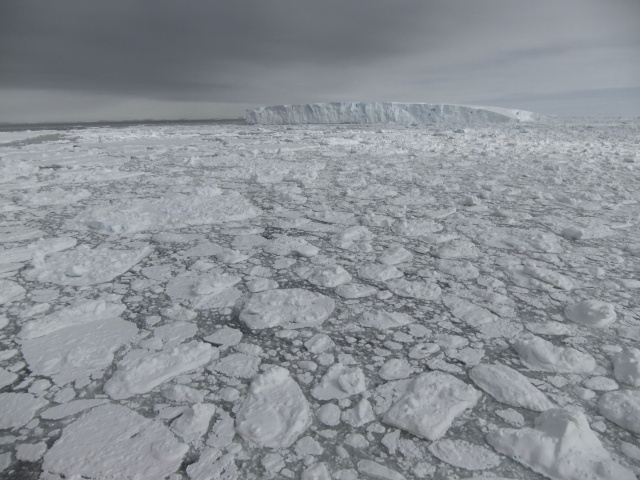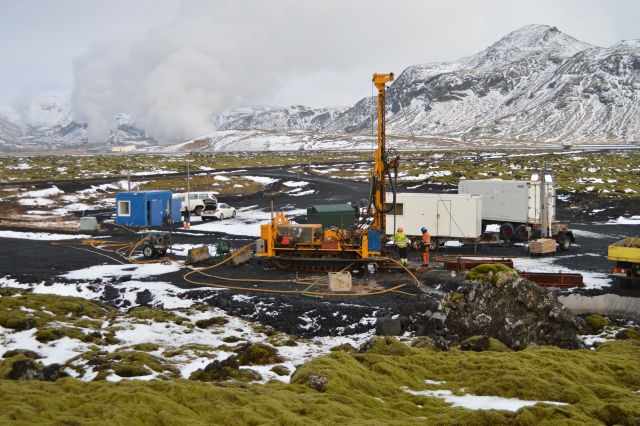
(credit: NASA/GISS)
After 2014 set the record for annual average global surface temperature, 2015 promptly smashed it. By the end of 2015, the incredibly strong El Niño that had developed to help fuel that record enabled climate scientists to predict that 2016 was almost certain to break the record again. With the first half of 2016’s temperatures in the books, this prediction is proving to be on target.
In a press conference Tuesday, NASA scientists highlighted the standout temperatures we've seen so far in 2016. This has been, far and away, the warmest January-to-June period on record.

January-to-June average global surface temperatures, compared to the 1880-1899 average. (credit: NASA/GISS)
Even though the El Niño event has now come to an end, with forecasts pointing to cooler La Niña waters in the eastern equatorial Pacific Ocean, 2016 is a virtual lock to be significantly warmer than 2015. This June also set the record for the warmest temperature on record in June—the 8th straight month that this has happened.







